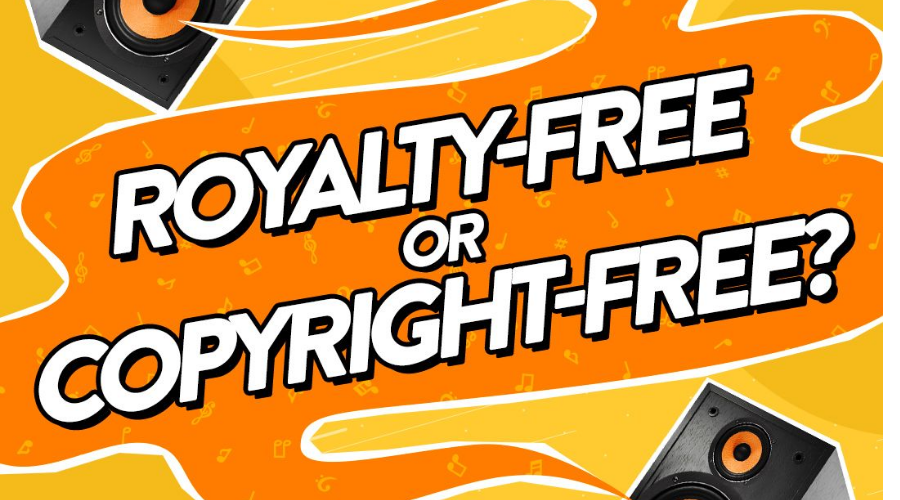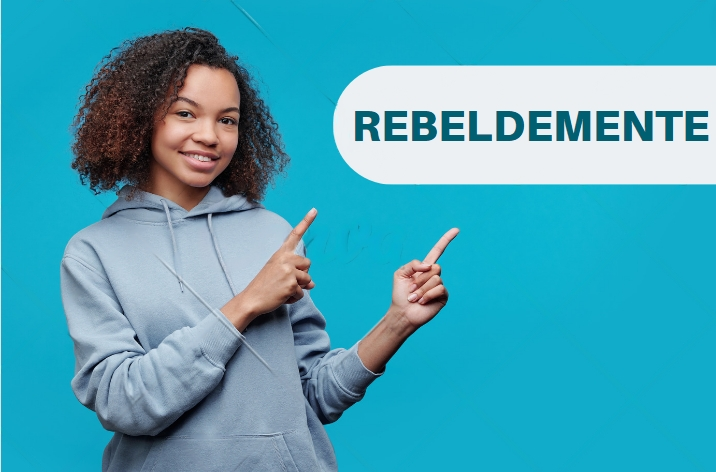Understanding Royalty-Free Music And How It Works?
Whether it’s for a film, podcast, commercial, or corporate presentation, music is an integral part of the creative process since it helps establish mood, evokes feelings, and amplifies the message. The complexity of music licensing, however, can make creators feel overwhelmed. A simpler and more accessible option is provided by royalty-free music, which is a game-changer in this situation. However, first things first: what is royalty-free music and how does it function? In this post, we’ll explore the idea, advantages, and how-to of using royalty-free music in your projects.
What Is Royalty-Free Music?
One form of music licensing is known as “royalty-free music,” which enables the buyer to pay for the license once and then play the music for an unlimited amount of time as long as they follow the license’s requirements. Contrary to what the term might suggest, “royalty-free” does not mean the music is free of cost. Instead, it means that users are free from the obligation to pay ongoing royalties for continued use of the content.
This model contrasts sharply with traditional music licensing, where royalties are paid based on usage metrics such as the number of plays, the size of the audience, or the revenue generated by the content featuring the music. Royalty-free music provides a cost-effective and straightforward alternative, especially appealing to independent creators, small businesses, and digital marketers.
How Does Royalty-Free Music Work?
The process of using royalty-free music is straightforward. Creators can purchase a license for a piece of music from a royalty-free music platform like Melody Loops. Once purchased, they can use the music in their projects according to the terms specified by the license. These terms can vary significantly between different providers and licenses, covering aspects such as the type of media the music can be used in, the duration of use, and whether the music can be used commercially or non-commercially.
You can use a licensed track in many projects without paying extra fees because most royalty-free music licenses allow unrestricted use in projects. But to be on the right side of the law, you must familiarize yourself with the particular provisions of your license.
Benefits Of Royalty-Free Music
Here are some of the benefits that you can get by using royalty-free music in your projects:
- Cost-Effectiveness: The most apparent advantage of royalty-free music is its cost-effectiveness. Traditional licensing fees can quickly add up, especially for projects with wide distribution or multiple uses. Royalty-free music offers a one-time payment solution, significantly reducing costs for creators.
- Simplicity: Navigating the complexities of music rights and royalties can be overwhelming. Royalty-free music simplifies this process, offering a straightforward licensing model that’s easy to understand and implement.
- Accessibility: With a vast array of genres, moods, and styles available, royalty-free music libraries provide creators with access to a wide range of high-quality music options. This accessibility ensures that creators can find the perfect soundtrack to match their project’s needs without the limitations of traditional licensing barriers.
- Legal Security: Using royalty-free music provides legal security, ensuring that creators won’t face copyright infringement issues. As long as the terms of the license are followed, creators can use the music with peace of mind, knowing they are compliant with copyright laws.
Choosing The Right Royalty-Free Music
Here are some things to keep in mind when you’re choosing royalty-free music for your project:
- Mood And Tone: The music should complement the mood and tone of your project, enhancing the intended emotional impact on your audience.
- Genre And Style: Choose a genre and style that aligns with your project’s theme and target audience.
- License Terms: Carefully review the license terms to ensure they meet your project’s needs, particularly regarding commercial use and distribution.
- Quality: Opt for high-quality tracks that will add value to your project, rather than detracting from it with poor sound quality.
Conclusion
Media creators greatly benefit from royalty-free music. It provides an easy, legitimate, and inexpensive option to add high-quality music to your projects. You may take your material to the next level by studying the royalty-free system and picking out tracks that are perfect for your project. Thanks to this, you’ll be able to connect with your audience and effectively handle music licensing. You may greatly enhance your creative process by using royalty-free audio in your movies, podcasts, and games.
Stay in touch to get more news & updates on Discover Tribune!






